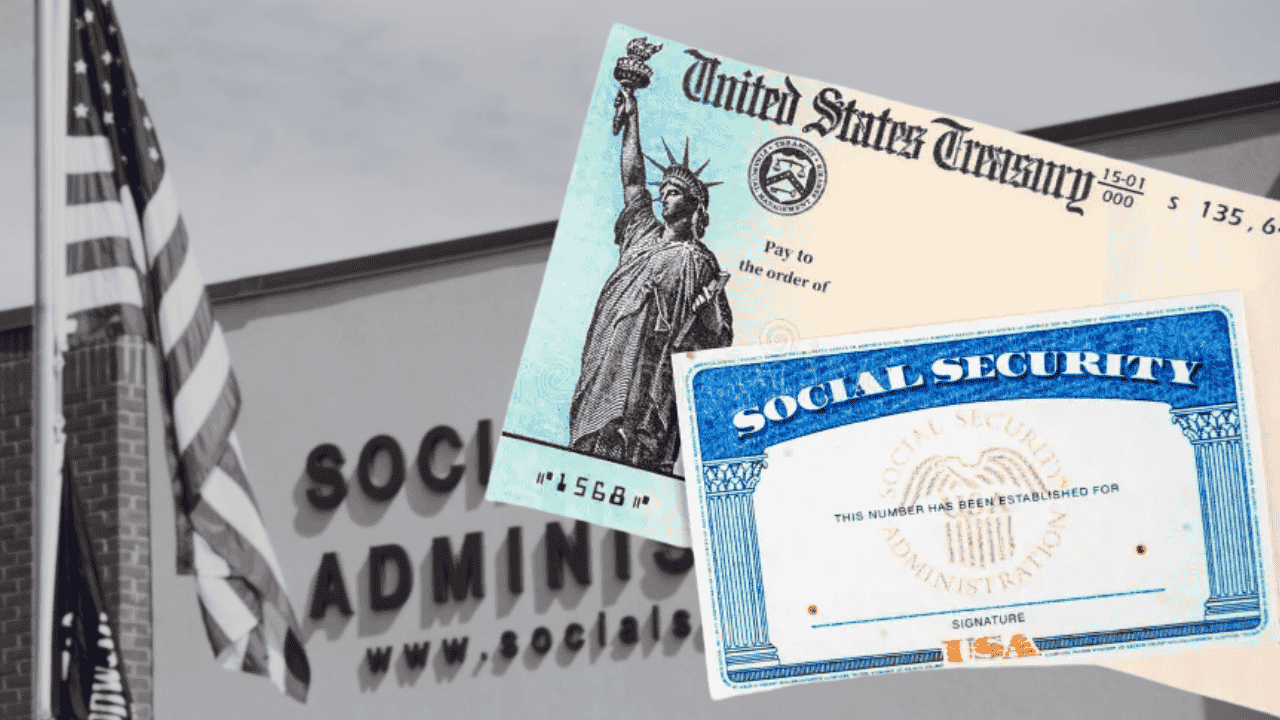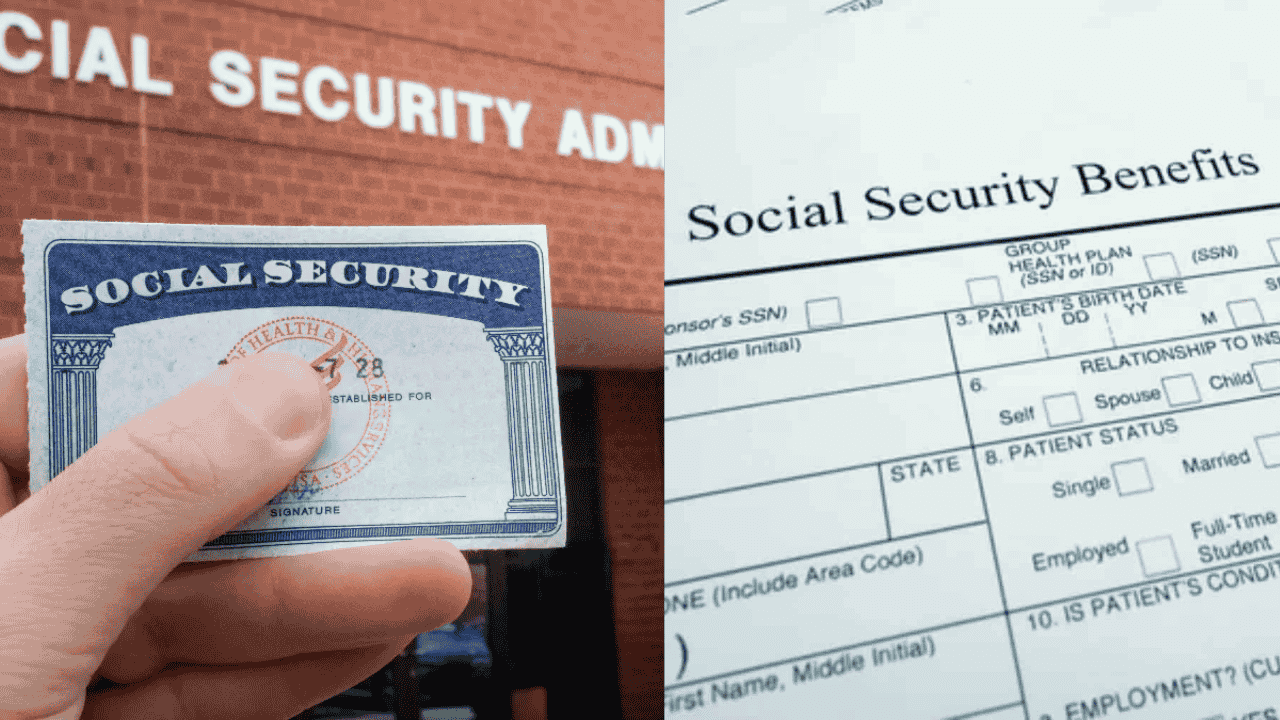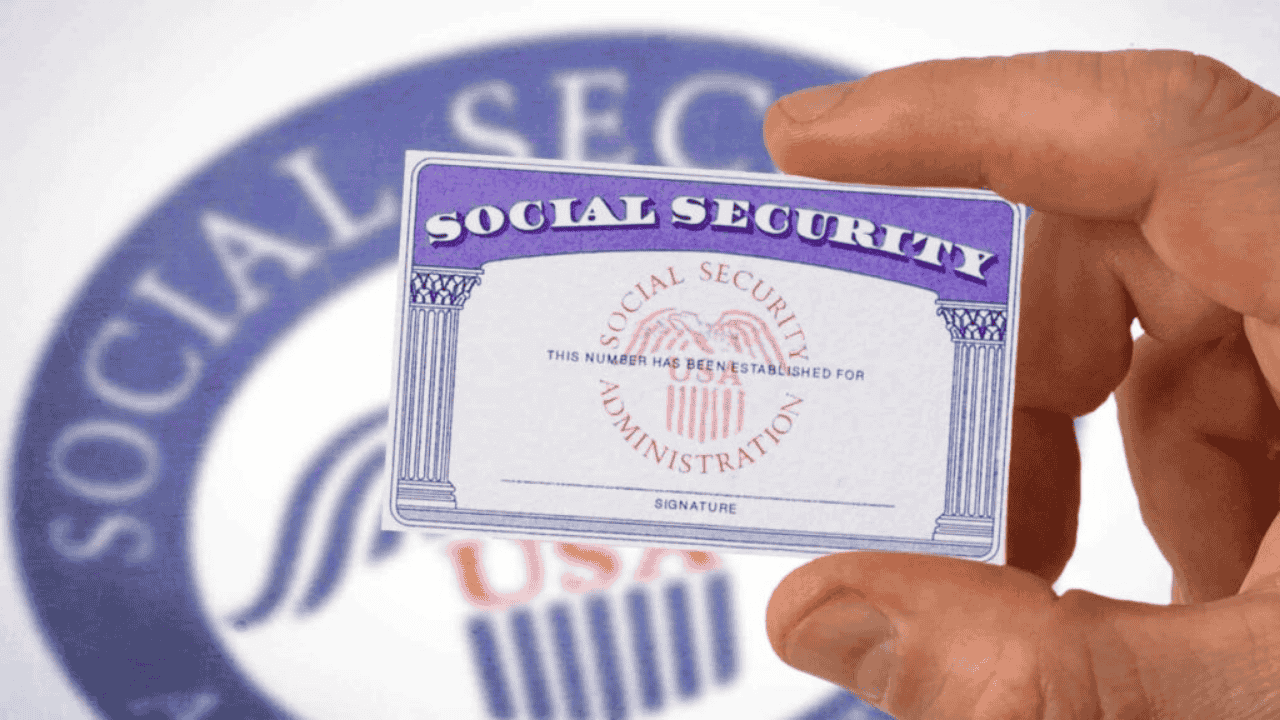The Supplemental Nutrition Assistance Program (SNAP) plays a crucial role in helping individuals and families across the U.S. afford food. If you’re receiving benefits or planning to apply, it’s natural to ask how long the support lasts. The answer depends on your household’s situation—factors like age, income, job status, and health all affect how long you remain eligible. This period, known as the certification period, can last from a single month up to three years.
Once that time is over, you’ll need to recertify to keep getting help. The process is straightforward, and most states send reminders and forms to make sure you don’t miss your deadline. Seniors may have an easier time, as some states simplify the process for households where everyone is over 60. Staying on top of deadlines and paperwork is key, but the system is designed to support you if your needs continue.
How Long SNAP Benefits Last and What Affects It

In the United States, SNAP provides important food assistance to millions of low-income individuals and families. If you’re approved for SNAP, the length of time you’ll receive benefits—called the certification period—isn’t the same for everyone. It’s based on factors like the number of people in your household, whether you’re working, your age, and any medical conditions you may have. This period can be as short as one month or last up to three years.
When you’re first approved, you’ll get a notice that includes your certification period. During this time, you’ll receive your monthly food benefits through an Electronic Benefits Transfer (EBT) card. This works much like a debit card and can be used at participating grocery stores and markets.
When and How to Recertify
Once your certification period ends, you won’t continue to receive SNAP benefits automatically. To keep getting help, you must go through the recertification process. This step is essential to confirm that your household still meets the program’s eligibility rules. A few weeks before your current benefits are set to expire, you’ll get a notice from your local SNAP office. This includes all the instructions and forms needed to recertify.
For older adults, especially those aged 60 and above, many states have simplified the process. If every member of your household is a senior, you may not have to complete a phone or in-person interview to renew your benefits. This change was made to reduce paperwork and stress for seniors who rely on SNAP for their regular meals.
Keep Your Benefits Without Interruption
To make sure there’s no gap in your SNAP coverage, it’s important to send back the recertification form on time, along with any required documents. These may include proof of income, changes in your household size, rent or mortgage costs, child care expenses, or medical bills. This helps the SNAP office determine whether you still qualify and how much support you should receive going forward.
State Rules May Differ
While these are general guidelines, the rules can vary depending on which state you live in. Some states offer longer certification periods for certain households, and others may have different documentation requirements. If you’re ever unsure about the rules or need help renewing your benefits, your local SNAP office or state agency is the best place to get accurate and personal assistance.
SNAP is meant to be a reliable safety net, and understanding how long your benefits last—and what you need to do to keep them—can make a big difference. As long as you meet the eligibility rules and stay on top of your paperwork, you can continue to receive this important support for as long as you need it.









